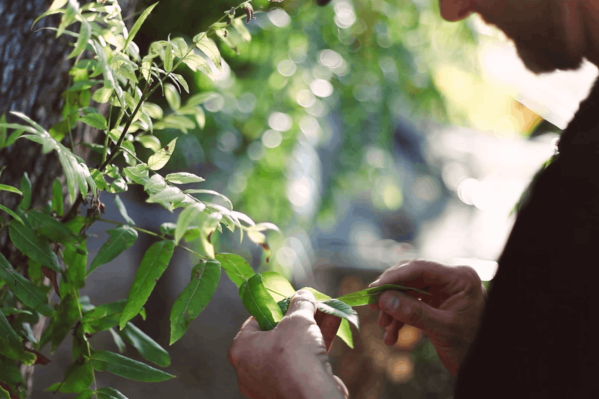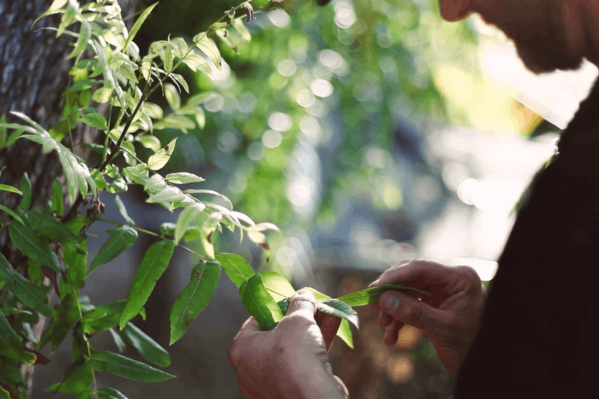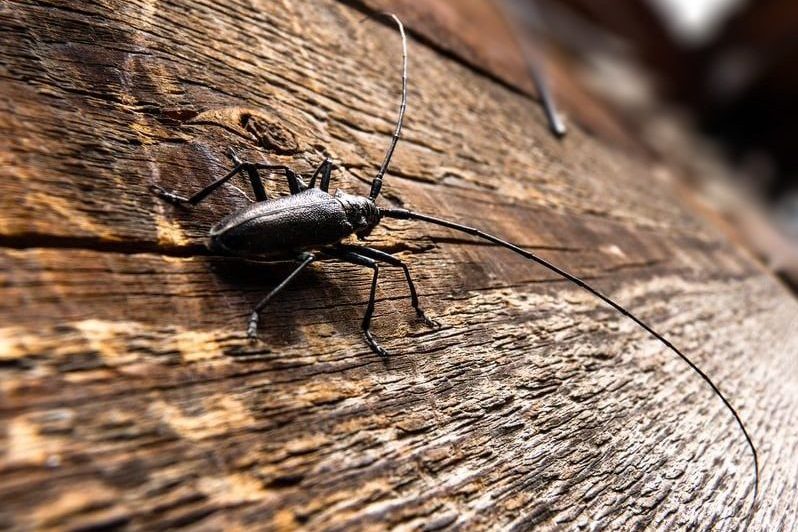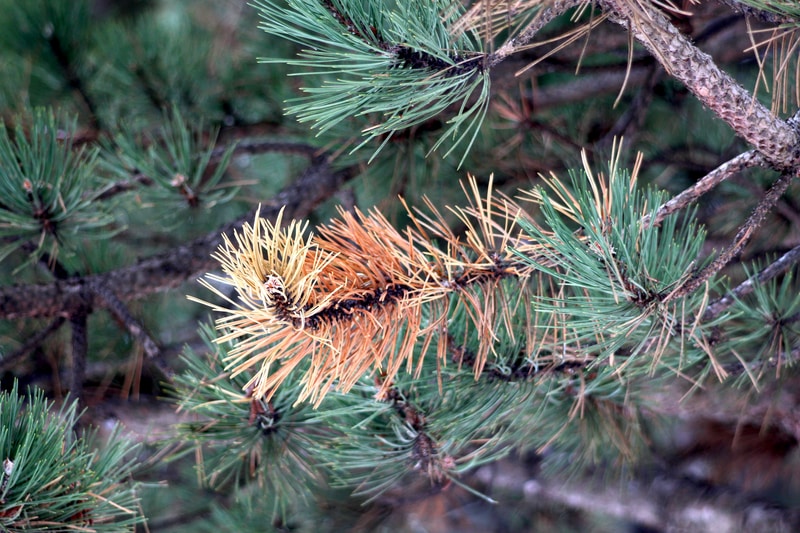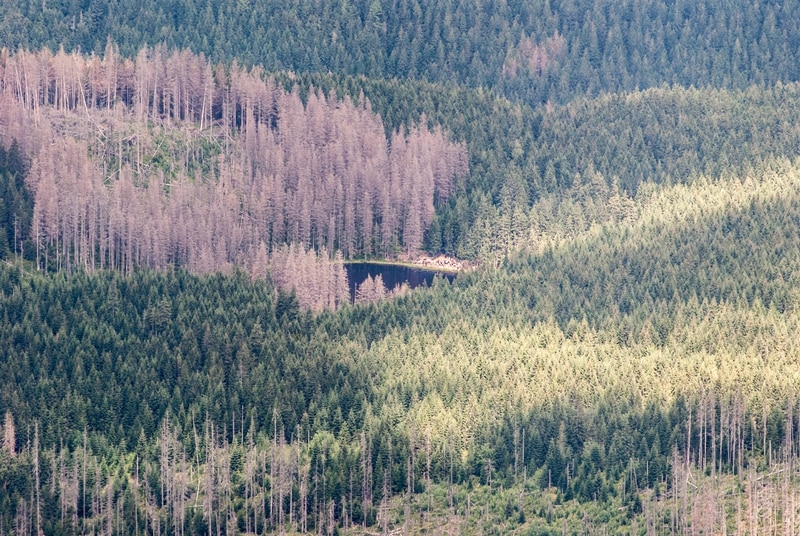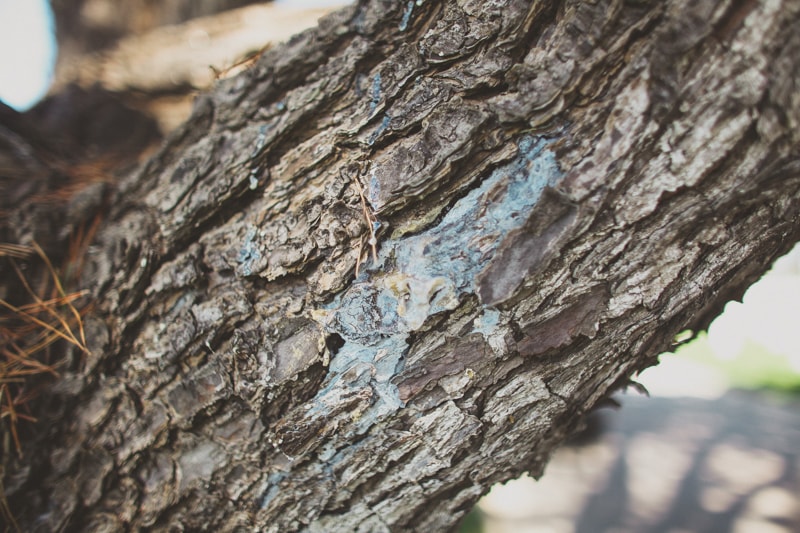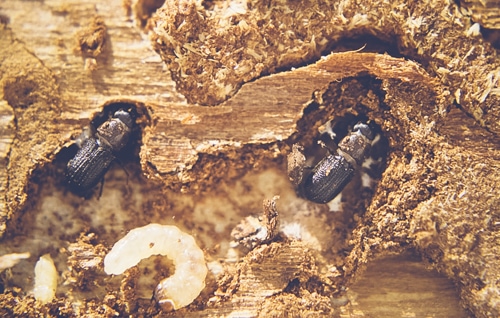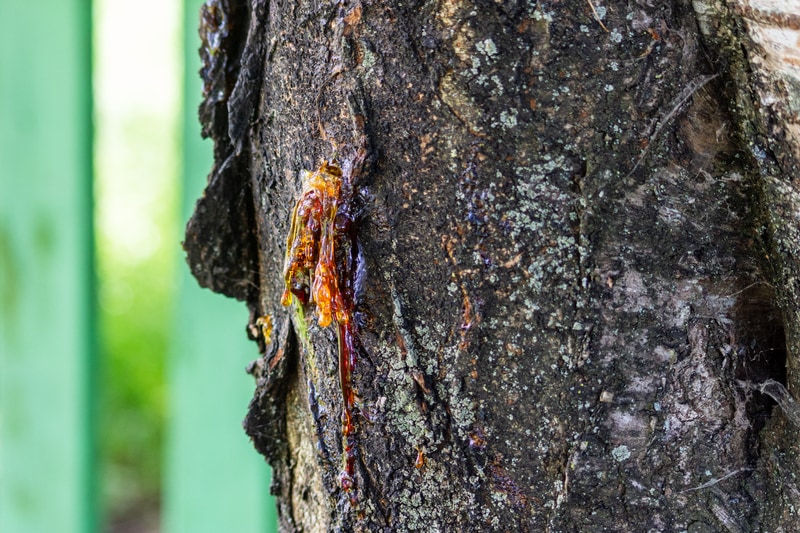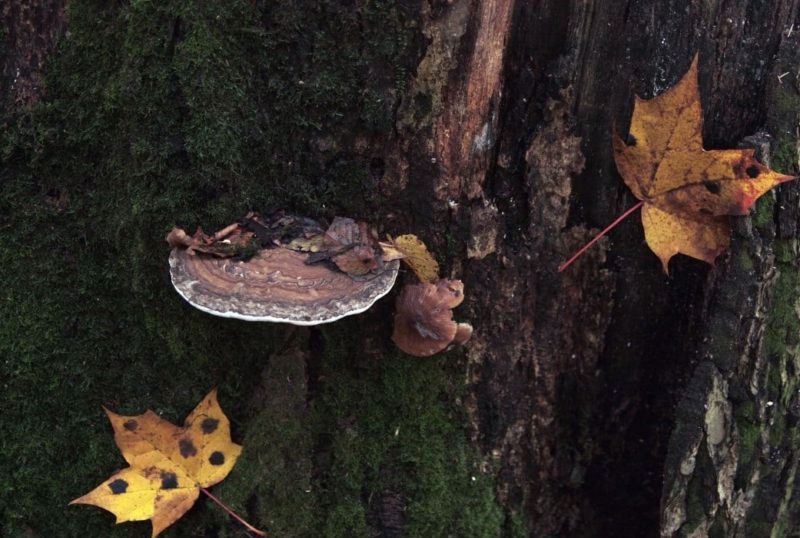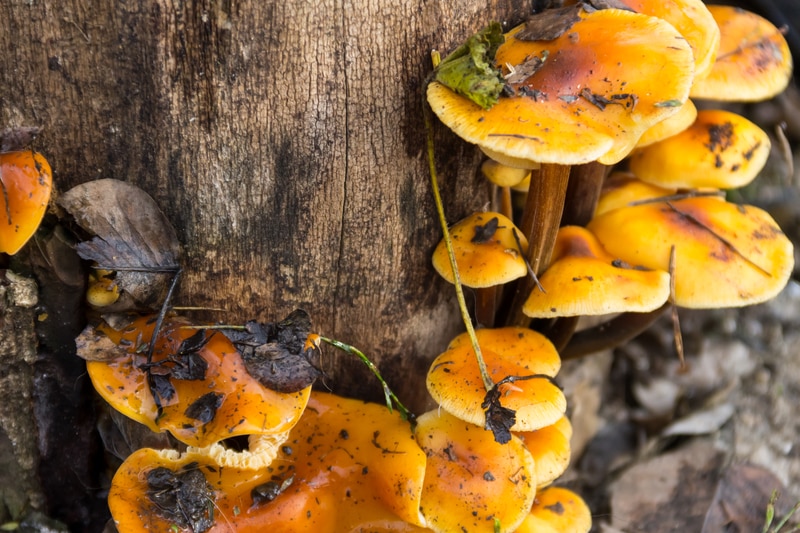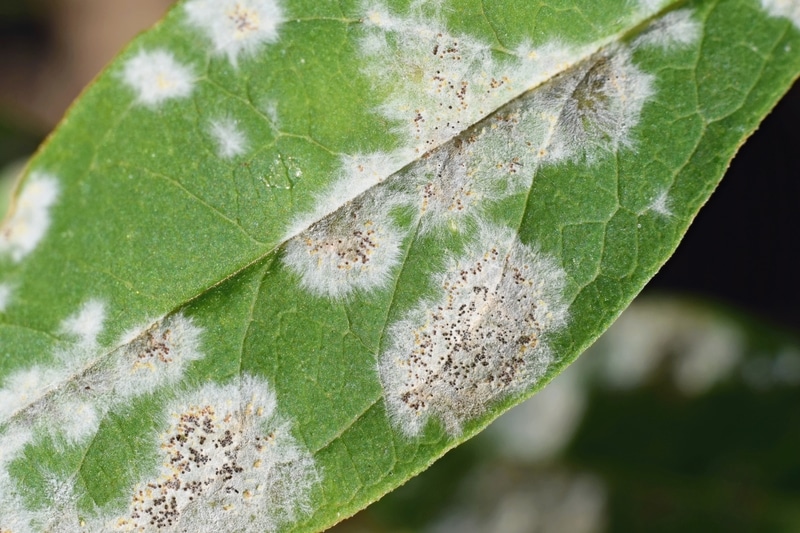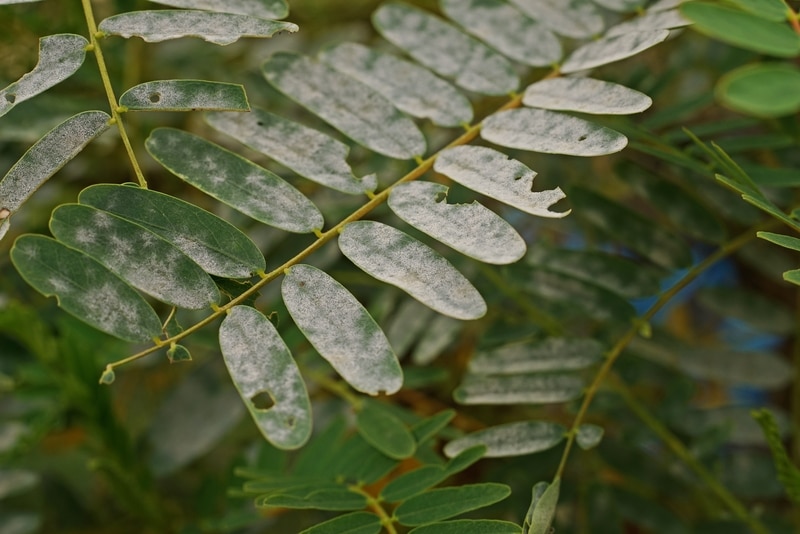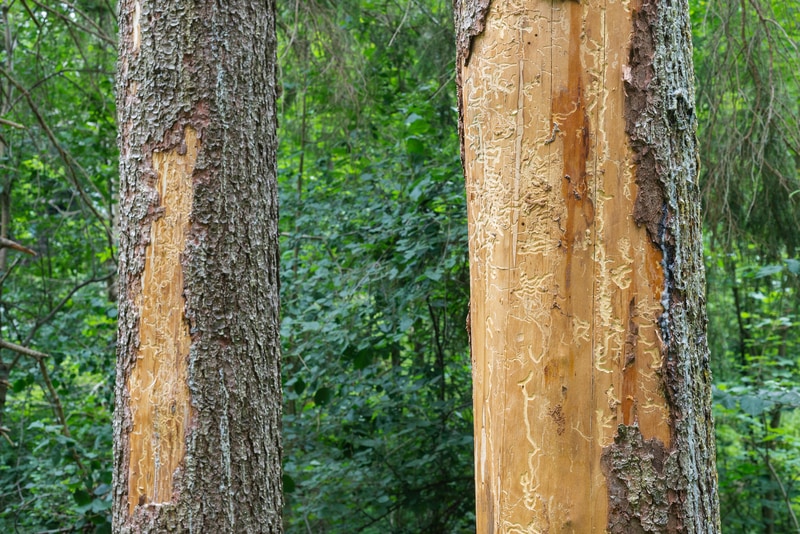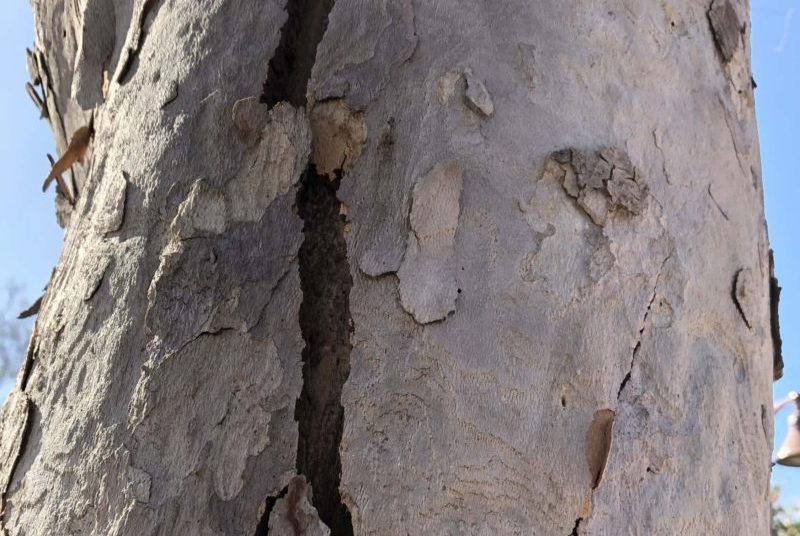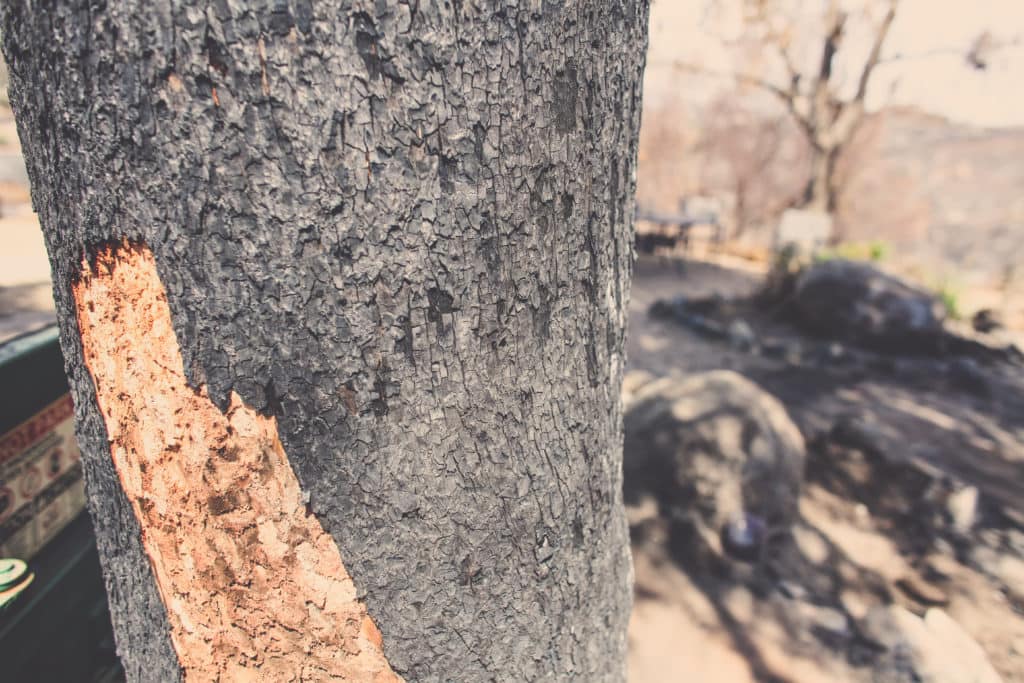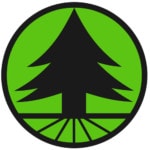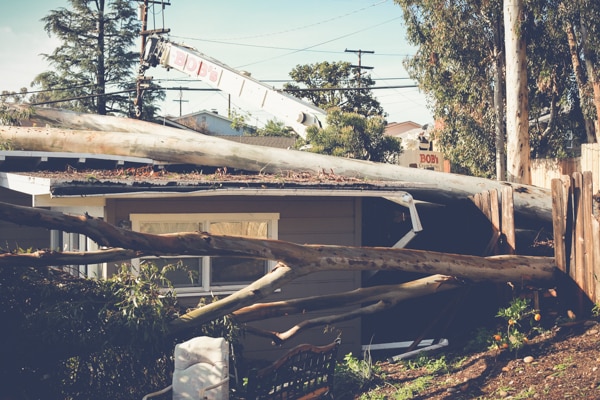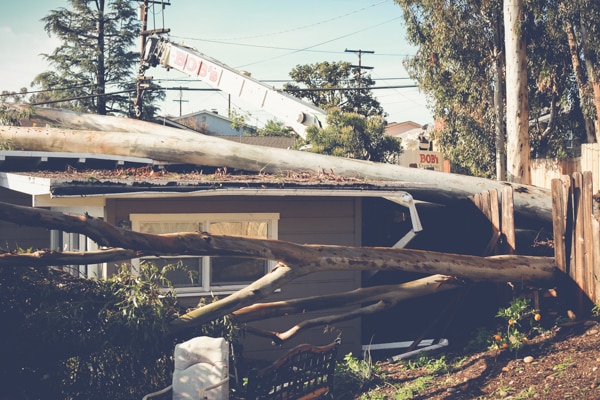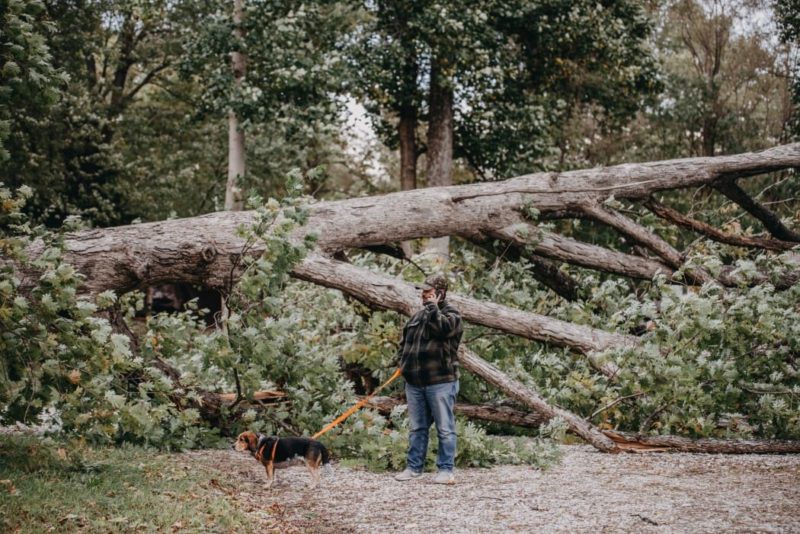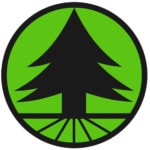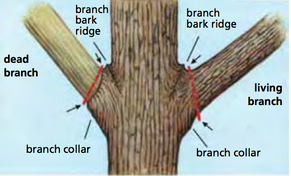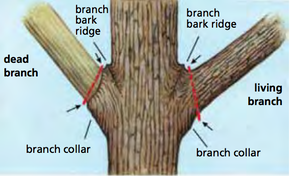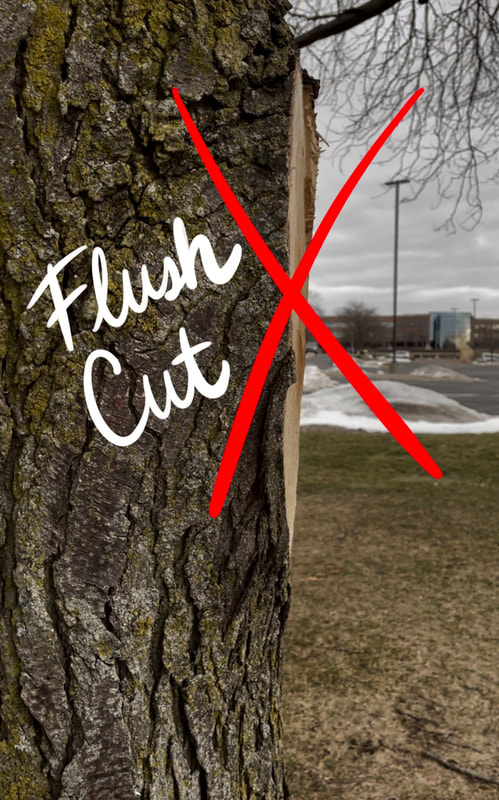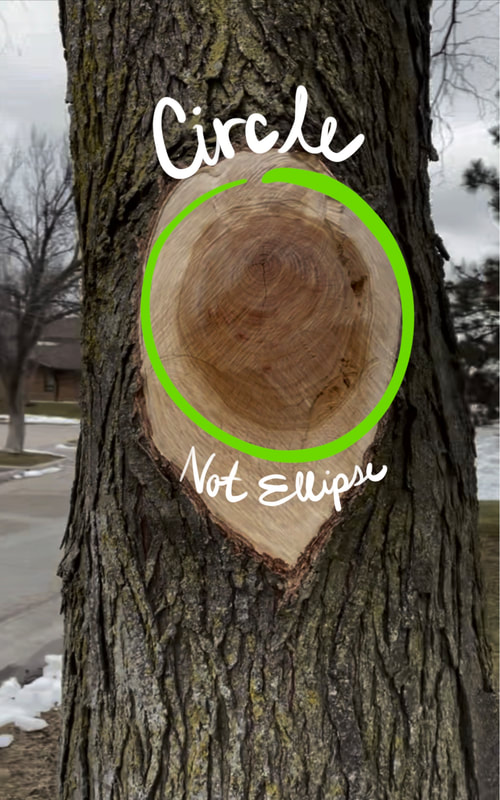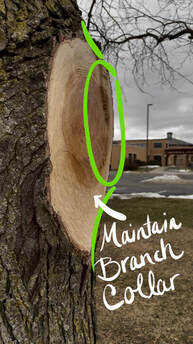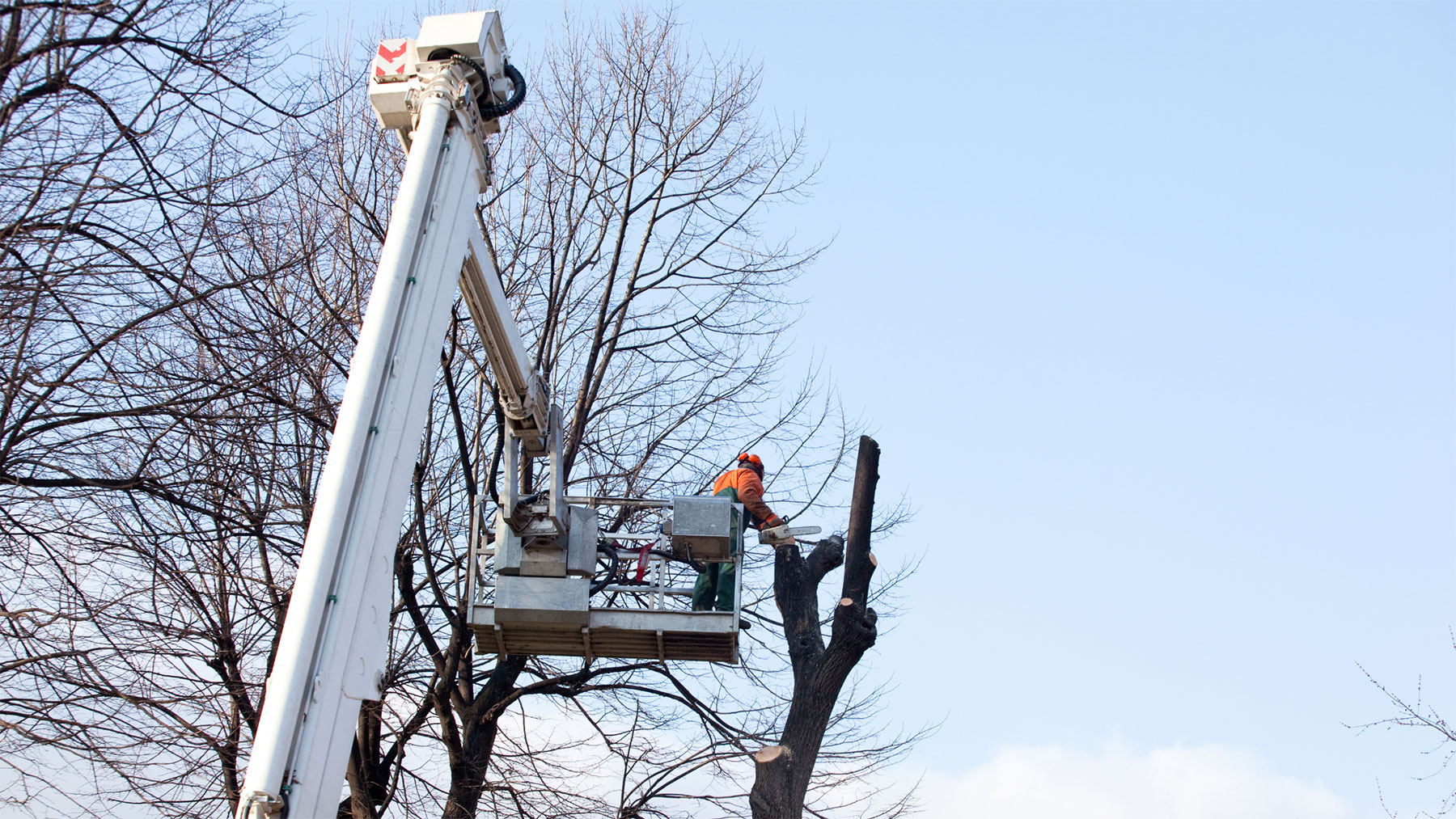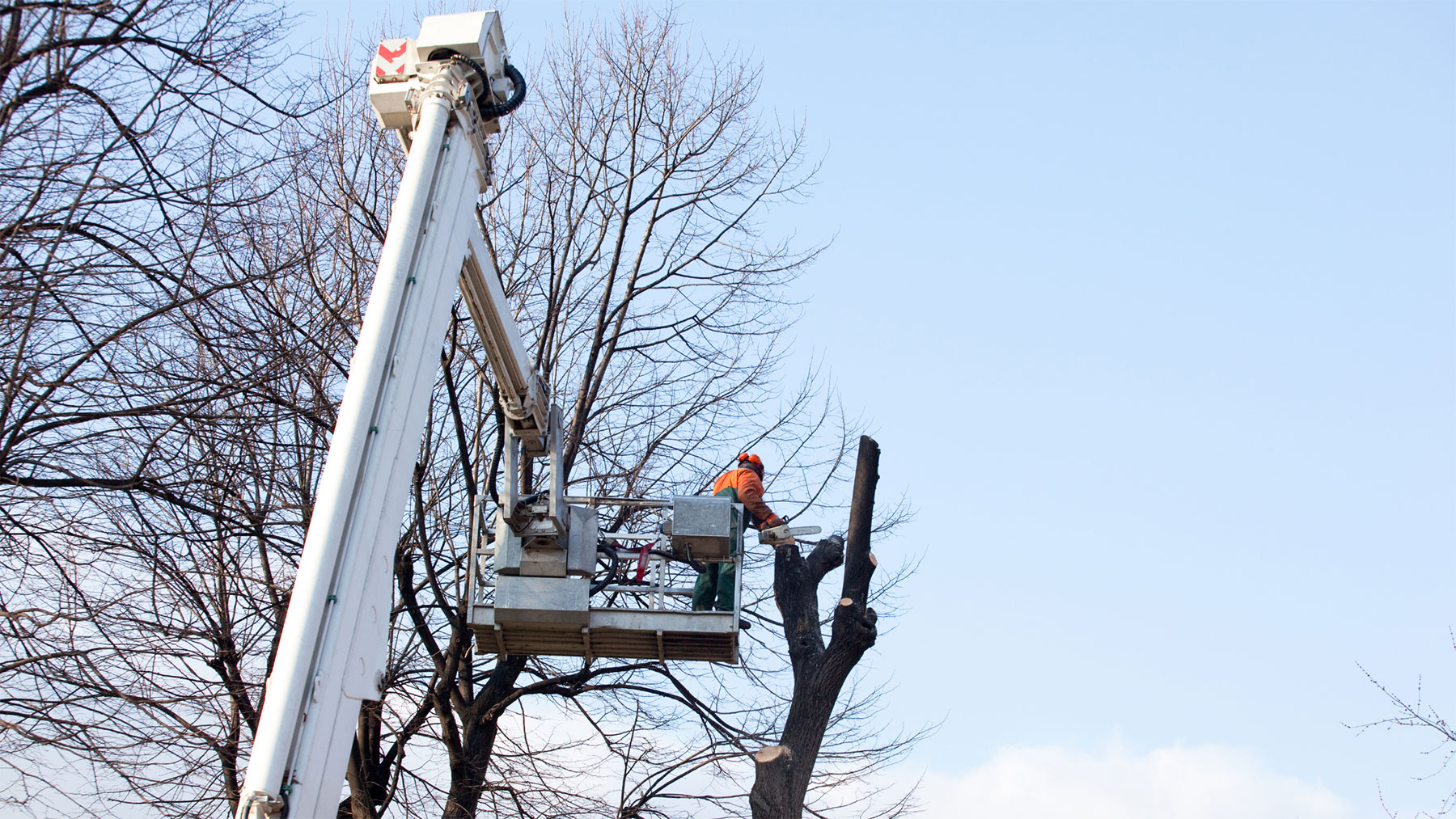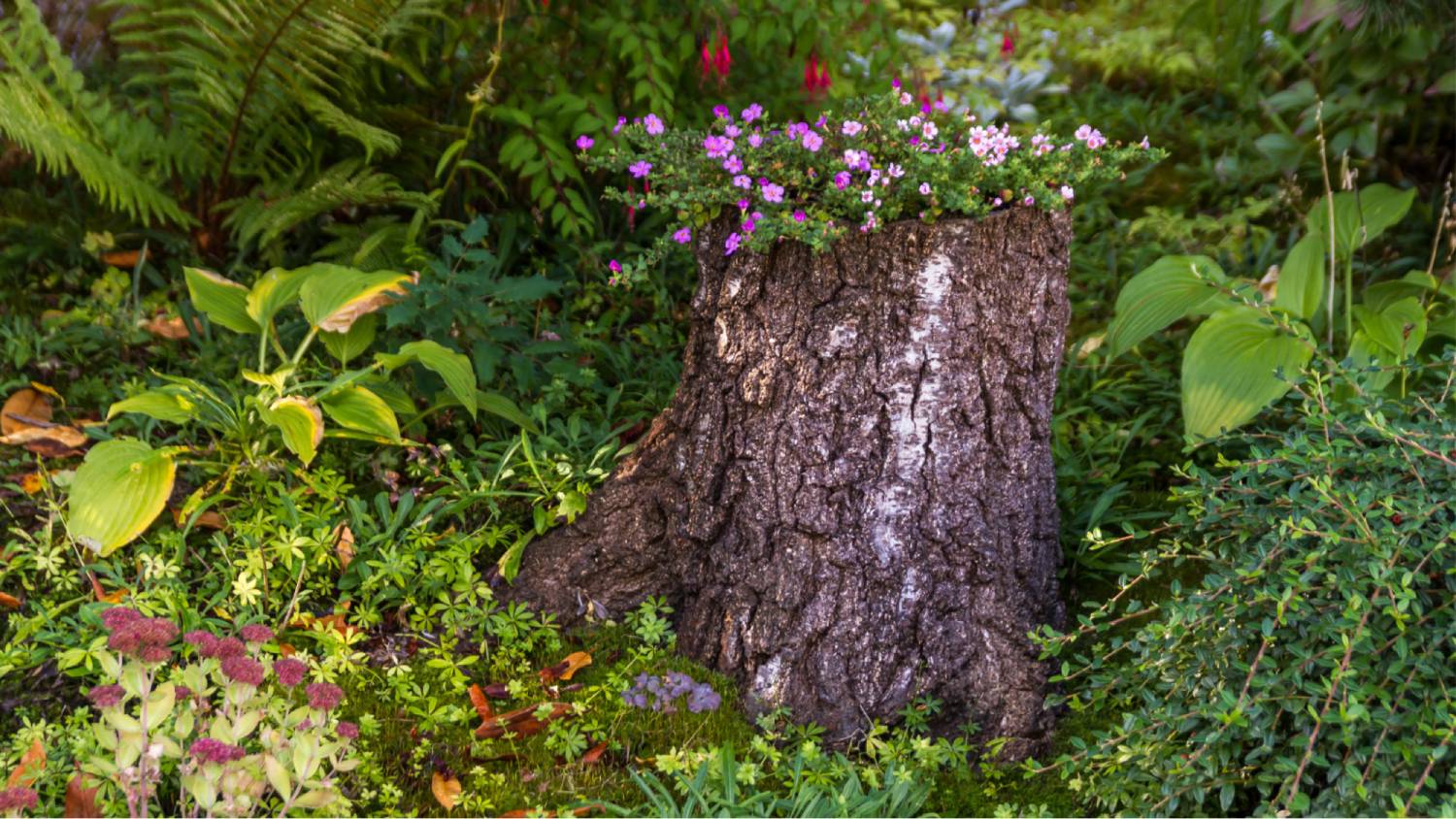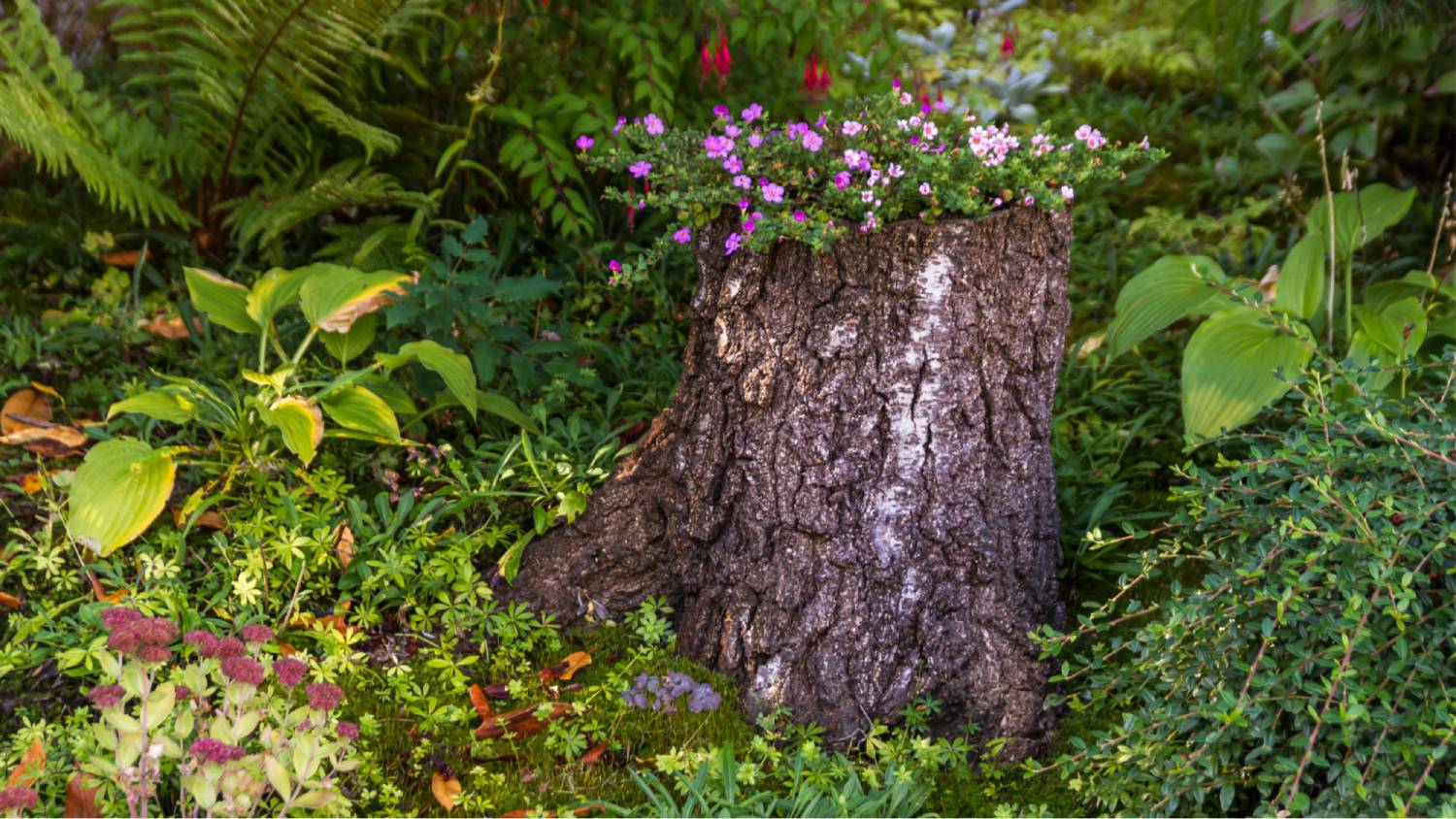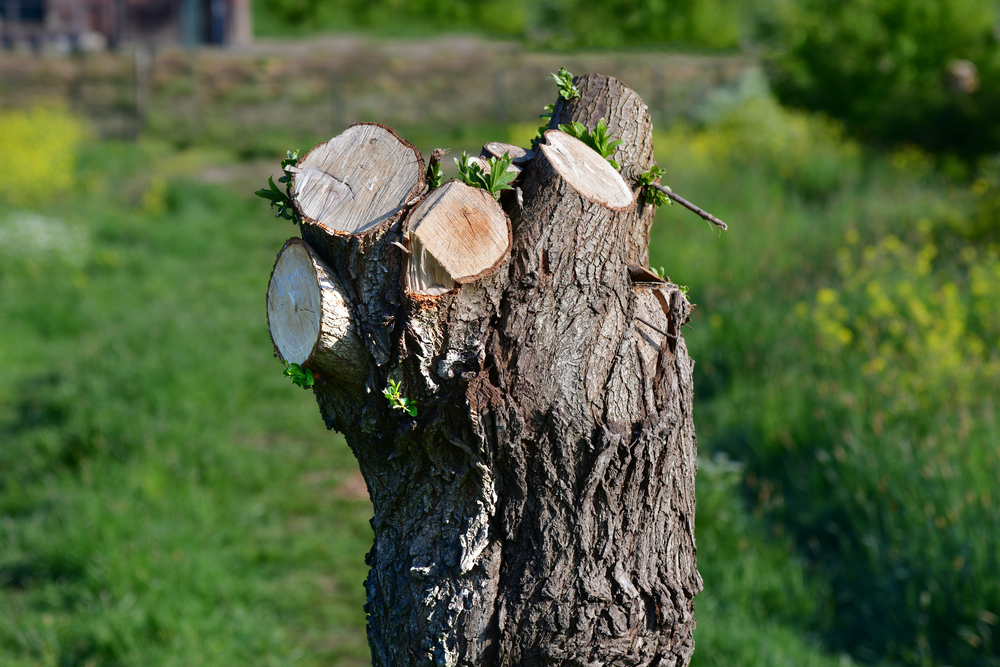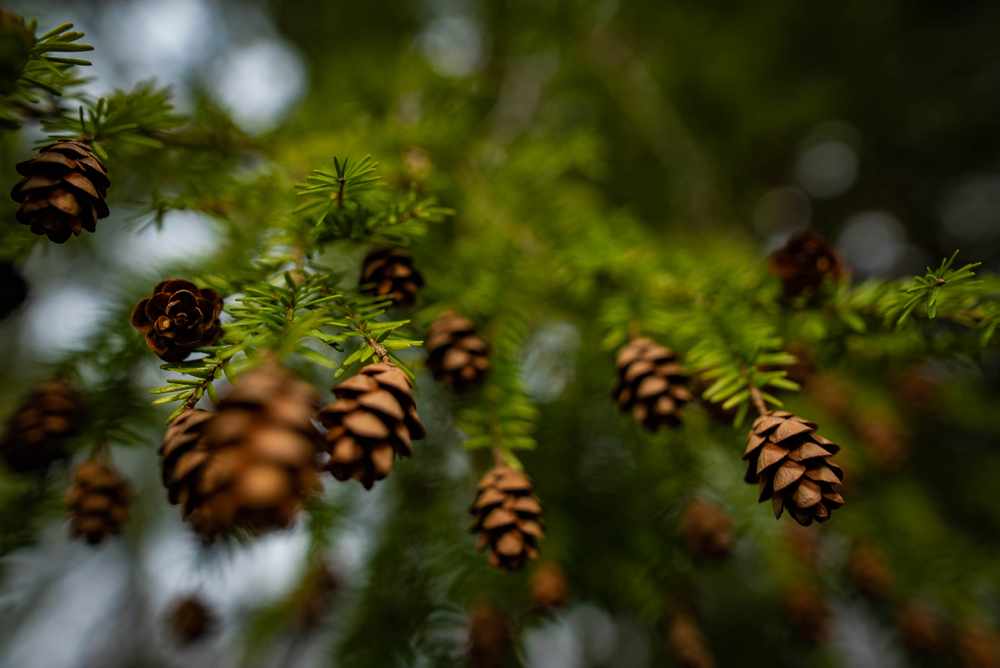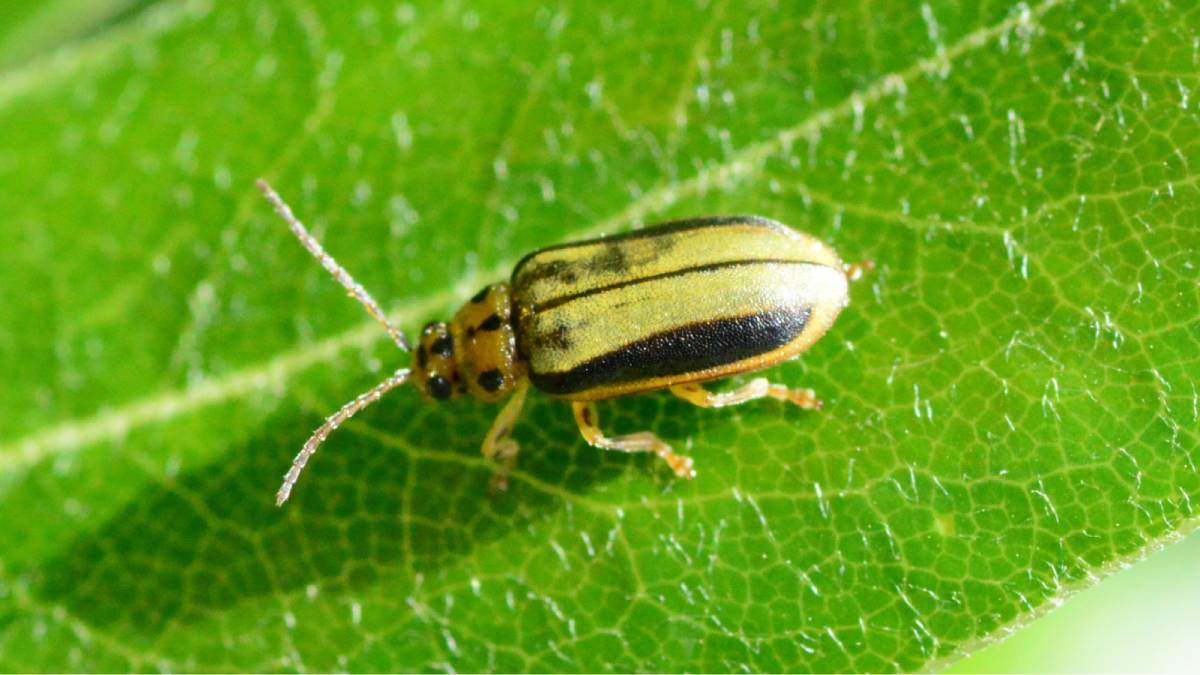
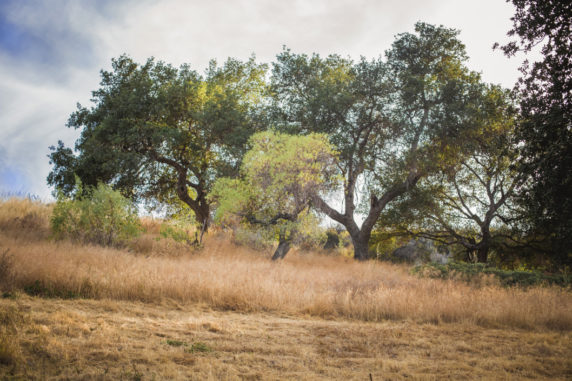
When the summer arrives in San Diego, some trees and plants may fare well, but others, unfortunately, succumb to the summer heat. While coastal San Diego communities have little to worry about with heat-related tree “fatalities,” inland neighborhoods such as El Cajon and Santee, typically have about four months of high temperatures in the 80’s, 90’s, and 100’s. Many people can shelter indoors to enjoy the cool AC or take a dip in the pool or beach — but what about the trees?
Trees and plants suffer in high temperatures for two short and simple main reasons:
- lack of water
- small root system
Which trees are most vulnerable in the summer?
NEW TRANSPLANTS. Trees that have just been planted into the ground have a smaller root system that is limited to the size of the container they came in. When you first plant a tree, you may notice…well nothing. No growth. Nothing during the first year. And nothing much in the second year. Nada! That is because the growing action is occurring underground with the roots. In order for the new tree to survive and thrive, its roots will need expand well beyond its current space. Roots are opportunistic and will grow where the nutrients and water are available. Please see the following section on how to properly water new trees.
POTTED TREES. The roots of these trees have the unfortunate disadvantage of not being able to travel past its borders. They’re stuck! So potted trees need extra love and care in the summer heat. Depending on the species, some trees need to be watered daily — sometimes even twice a day when the heat gets extreme. A general rule of thumb is to water when the first inch of soil is dry in the pot.
SICK OR INFESTED TREES. When a tree is inflicted with disease or pests, then high temperatures will just be added stress to an already struggling organism. Therefore, it’s important to make attempts to manage any tree infestation or infection before the summer heat arrives. If you suspect that your tree may be suffering from disease or pests, please contact LC Tree Service for information on our Tree Health Care treatments, so we can help you get your trees healthy again.
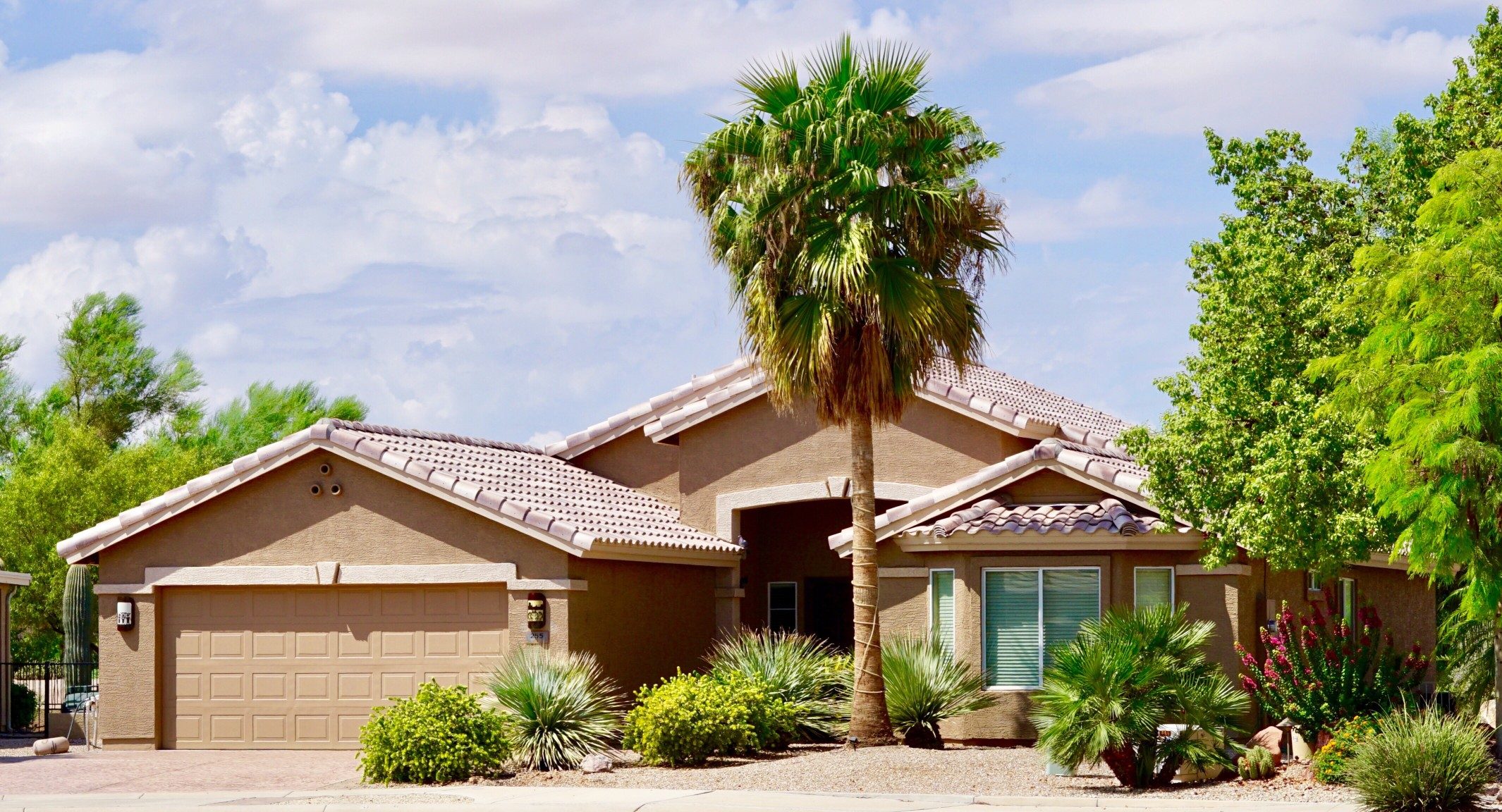
How can you help your trees in the heat?
PLANTING SEASON. First of all, if you are planting new trees onto your property, avoid doing so in the summer. The fall and the spring are the best times of the year to add any new additions to your landscape since they have less extreme temperatures. The ground also tends to be moister in the spring, thus aiding in root expansion. Remember, that roots will go where the nutrients and water supply are, so if a large expansion of the ground around the tree is damp, the roots will have an easier time growing outward.
WATER APPROPRIATELY. Make sure to provide plenty of water for your trees in high temperatures, especially new trees. You need to make sure that the roots do not dry out. The best time to water is in the morning to give the roots more time to soak up the water. As for the amount of water, there is a popular general rule-of-thumb among arborists of providing one gallon for every inch in trunk diameter in the tree’s drip zone. If you do the math, a 2-inch diameter tree will need 20 gallons of water. Yes, that’s a lot of water! At medium pressure, a hose will spray out roughly 10 gallons of water every five minutes. Therefore, to adequately water this tree, it would take 10 minutes! However, we have seen trees thrive without this amount of watering, and we recommend that you gauge how your tree is doing. If your tree appears to be suffering, then water more. But if it is green and healthy, then maintain your current watering amount and schedule. To keep it simple without having to do any trunk measurements and calculations — water deep. This is why slower is better. Rather than watering with a hose, we recommend setting up a drip line or soaker hose under the tree’s drip zone, which is the area under the tree’s canopy. This efficiently maximizes the amount of water that is soaked into the ground and made available for the roots. An excessive shower of water from a hose could just result in wasted runoff. Plus, who wants to hold a hose for an hour to water all of their trees?
Newly-planted trees should be watered daily for the first two weeks after being planted. Then 1-2 times a week for the next 10 weeks. It can take 2-3 growing seasons for a tree’s roots to expand outside of its “comfort zone,” so until then keep the water in fairly close proximity to the tree since the roots are clustered around its root ball. Mature trees only need to be watered twice a month, possibly more during extreme heat.
MULCH. Spreading mulch around trees can be very beneficial, especially for young trees. When a tree is well-mulched, the soil around the tree is slightly cooler in the summer. And since direct sunlight on the soil is prevented with a mulch cover, water retention is improved. When applying, overmulching is possible. A tree only needs about 2-3 inches of mulch. Anything more would absorb too much of the water that is meant for the tree and it could also choke the tree’s roots. However, a proper amount of mulch has many benefits including improving root growth, moderating soil temperature in the heat (as well as in the cold), increasing nutrient levels, and preventing soil compaction.
CAMBISTAT. Arborists nationwide have a brilliant trick up their sleeves. Its name — Cambistat. Primarily used as a growth regulator for mature trees and other plants, Cambistat can reduce tree growth by up to 70% over a 3-year timespan. It works by inhibiting the tree’s growth hormone called gibberellin. By doing so, the tree is able to focus its energy on other aspects, such as fine root growth, which aide the tree in water and nutrient absorption. Other effects include greener foliage, increased disease resistance, and greater heat and drought tolerance. While it seems counterintuitive to use a growth regulator on a young tree, as mentioned before, new transplants don’t grow much above ground anyways in the first couple of years so they can focus on root growth. So having Cambistat applied would only supercharge the much-needed root expansion.
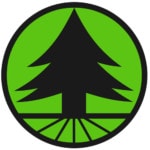
NEED HELP WITH YOUR TREES?
CONTACT LC TREE SERVICE TODAY FOR YOUR FREE ESTIMATE.
The post HELPING TREES IN THE SUMMER HEAT first appeared on San Diego Tree Trimmers – LC Tree Service.

